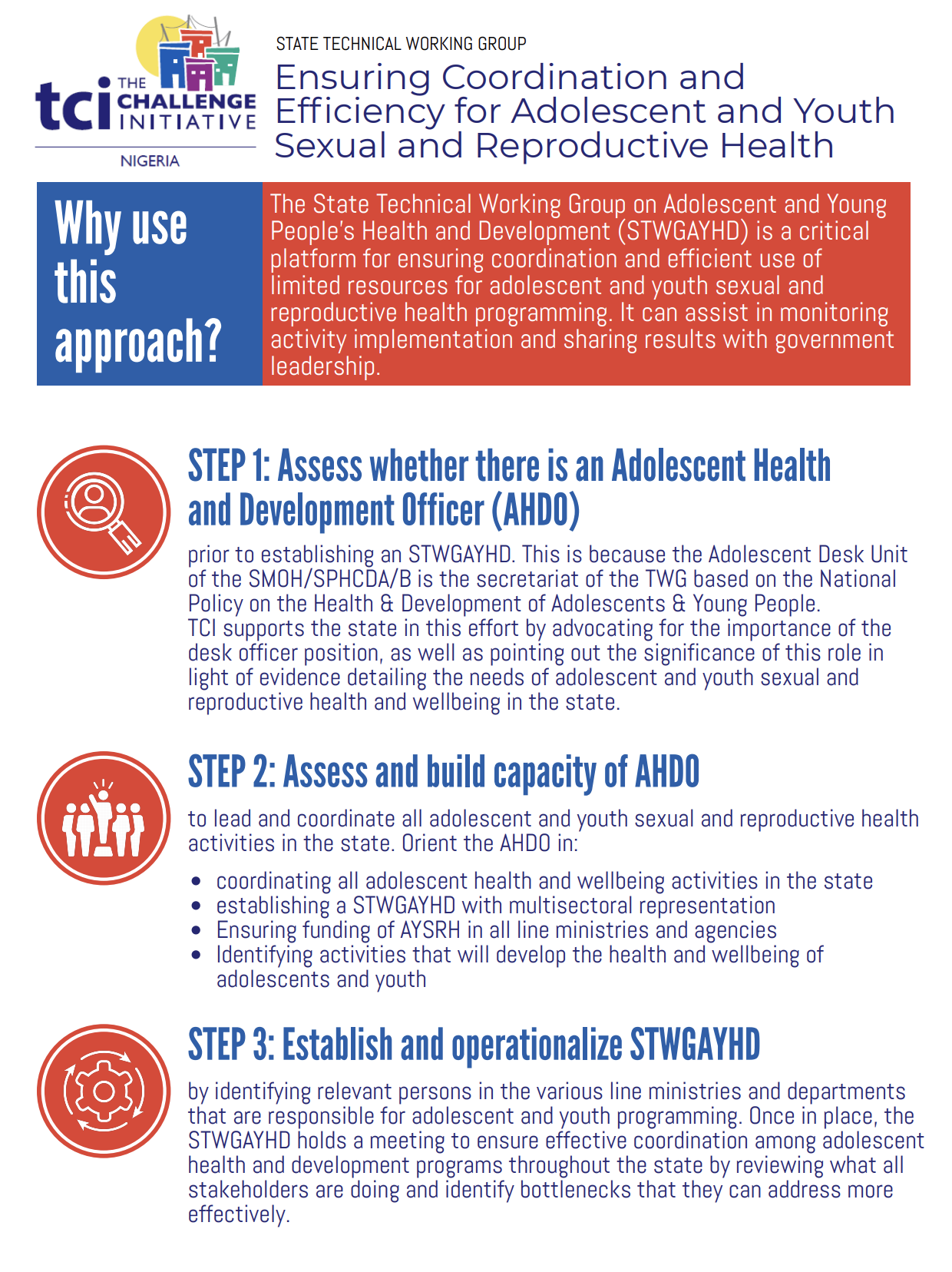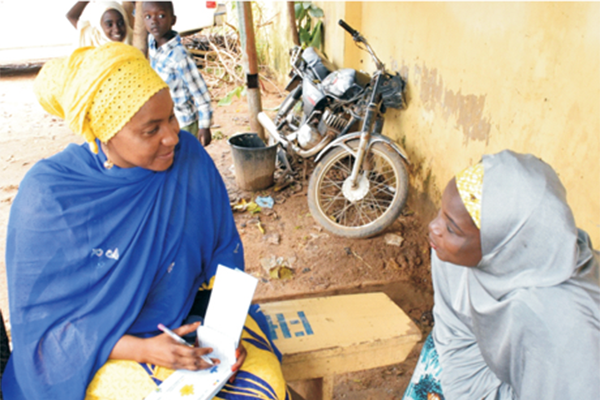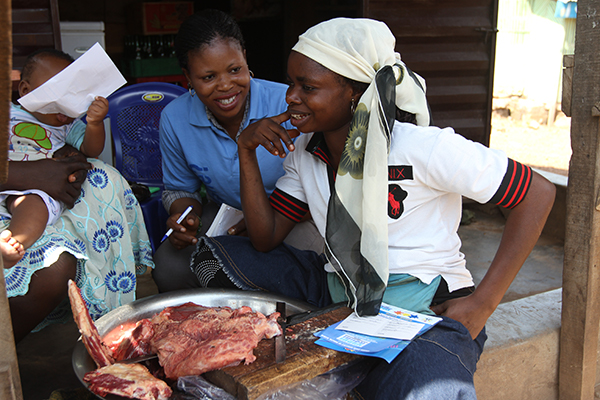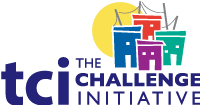Nigeria Toolkit: AYSRH Advocacy
- Home
- Help and Support
- Close
- Toolkits
- Global Toolkit
- AYSRH Toolkit
- Hub Toolkits
- Core High-Impact Practices
- Gender Essentials Mini Course
- Close
- Resource Collection
- Community of Practice
- Coaching
- Log In/Register
- My Profile
- English
State Technical Working Group on Adolescent and Young People’s Health and Development
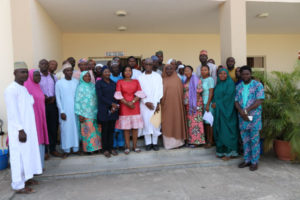
What is it?
TCI supports the state government to domesticate the National Policy on the Health & Development of Adolescents & Young People in Nigeria by ensuring that a functional Adolescent Health Desk Officer (AHDO) either domiciled in the State Ministry of Health (SMOH) or the State Primary Healthcare Development Agency/Board (SPHCDA/B) oversees an established State Technical Working Group on Adolescent and Young People’s Health and Development (STWGAYHD). STWGAYHD is a partnership of stakeholders established for the purpose of driving the agenda for improving the health and development of adolescents and young people at state level in Nigeria. The STWGAYHD serves as the highest level of advisory body to the state government and the Ministry of Health on adolescent and young people’s health and development.
Why is it important?
The STWGAYHD is a critical platform for ensuring coordination and efficient use of limited resources for adolescent and youth sexual and reproductive health programming, monitoring whether or not planned activities are being implemented, and sharing results with government leadership so that it can effectively advocate for more resources or support for adolescent and youth sexual and reproductive health. It serves the following functions:
- Advise the state government, the Ministry of Health and other Ministries, Department and Agencies (MDA) of the government on adolescent and young people’s programs and policies in the State
- Serve as a platform for enhancing the implementation of adolescent and young people’s health and development (AYPHD) programs in the state through technical input and advisory support to local government, civil society organizations (CSOs) (including non-governmental organizations (NGOs), community-based organizations (CBOs), and faith-based organizations (FBOs)), international development partners and other stakeholders
- Participate actively in the development of state policy documents on AYPHD, including the policies and strategic plans
- Provide a platform for enhancing collaboration and partnership between various actors in the field of adolescent and young people’s health and development in the state, including government agencies, civil society organizations, the academia and international development partners
- Serve as a lead advocacy body for increased government and stakeholders’ resource and programmatic commitments to the implementation of AYPHD agenda in the state
- Actively monitor the implementation of the state and partner’s commitment to AYPHD through reviews of budgetary allocation and utilization, review of reports from government and partners on their activities, policies and strategic plans
- Collect, collate and disseminate relevant data about adolescent and youth health services and issues within the state in a gender-disaggregated form
- Monitor and evaluate the implementation of the National Policy on the Health and Development of Adolescents and Young People within the State.
What steps are taken to implement this approach?
Step 1: Assess whether or not the AHDO is in place
Before an STWGAYHD is established, a state must have an AHDO in place. This is because the Adolescent Desk Unit of the SMOH/SPHCDA/B is the secretariat of the TWG based on the National Policy on the Health & Development of Adolescents & Young People.
TCI supports the state in this effort by advocating for the importance of the desk officer position, as well as pointing out the significance of this role in light of evidence detailing the needs of adolescent and youth sexual and reproductive health and wellbeing in the state.
Step 2: Assessing and building capacity of the AHDO
In some states where AHDOs are present, TCI supports to strengthen the ability of the AHDO to lead and coordinate all adolescent and youth sexual and reproductive health activities in the state. This is done by first orienting the AHDO to what is expected of the office, which includes:
- Coordinating all adolescent health and wellbeing activities in the state
- Establishing a STWGAYHD with multisectoral representation
- Ensuring funding of AYSRH in all line ministries and agencies
- Identifying activities that will develop the health and wellbeing of adolescents and youth
In addition, the AHDOs are linked with resources in TCI-U as well as supported to participate in national adolescent & youth health conferences and meetings.
Step 3: Establish and operationalize STWGAYHD
TCI supports the state to identify relevant persons in the various line ministries and departments that are responsible for adolescent and youth programming. This includes but is not limited to:
- Ministry of Health
- Ministry of Women Affairs and Social Development
- Ministry of Education
- Ministry of Youth and Sports Development
- Ministry of Information
- Ministry of Budget and Planning
The focal desk officers from the line ministries, partners, private sectors and CSOs programming in the area of adolescent health and development are invited to be part of the STWGAYHD. The main requirement is that they are passionate, available to meet quarterly or more frequently as emergencies arise and take decision that will be implemented within their agencies or organizations. LPAY ambassadors or other youth representatives are also members of the STWGAYHD. According to the government’s guide for setting up a STWGAYHD (still in draft form), young people are not only members of the group, but the leadership is mandated to have a youth seat.
Once in place, the STWGAYHD holds a meeting to ensure effective coordination among adolescent health and development programs throughout the state by reviewing what all stakeholders are doing and identify bottlenecks that they can address more effectively. This is the starting point for the development of a 12-month multisectoral response workplan for which TCI providing coaching support, reminding states of their costed implementation plans for family planning and adolescent and youth sexual and reproductive objectives set forth in it.
Intervention in Action: Increased capacity to implement AYRH programs
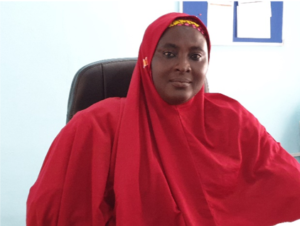 Authored by Glory Omomase, TCI Demand Generation Technical Support Lead, Niger State
Authored by Glory Omomase, TCI Demand Generation Technical Support Lead, Niger State
In Niger State, the AHD office existed prior to TCI’s engagements with the State. However, the office was not fully functional. The AHDO, Hajia Fati Gogo, came to the position with a clinical background, having never served as a program manager before. As a result, she was unsure how to do program management and effectively oversee the AYSRH department, which was fairly new.
TCI coaching has provided Hajia Fati with opportunities to develop and strengthen skills not only related to AYSRH program design and implementation but also related to coordination, presentation and public speaking. Speaking on her increased capacity and confidence, Hajia Fati said “Prior to TCI’s support for AYSRH intervention in Niger state, I knew that adolescents and youth are a huge chunk of unmet need for FP but I knew little or nothing about strategies and approaches to reach them. In the past 12 months, TCI [had] built my capacity on ways to engage these youth and make services available for them. I used to be a shy person and experience stage fright, but since engaging with TCI, I have built my self-confidence and can speak publicly [on adolescent and youth reproductive health needs in Niger State].”
As a result of this increased capacity and confidence, Hajia Fati now know how to more effectively work with other line ministries and coordinate CSOs to carry out youth-focused activities. She monitors and tracks progress of implementation, providing proper documentation to ministry leadership and other line ministries, and has attracted funding from other implementing partners, such as Pathfinder International and Education as a Vaccine (EVA). In addition, with TCI’s coaching support, she has made presentations at the Adolescent and Youth Family Planning Conference held in Ibadan in March 2019 and the National Conference on Adolescent and Youth held in Abuja in May 2019 to share more broadly with stakeholders about the AYRH work going on in Niger State.
TCI APP USERS PLEASE NOTE
You will only receive CERTIFICATES by email – when earning a score above 80% – and will not be able to view or print a certificate PDF from the TCI app.
Test Your Knowledge
Earn a Certificate
Quiz Summary
0 of 5 Questions completed
Questions:
Information
You have already completed the quiz before. Hence you can not start it again.
Quiz is loading…
You must sign in or sign up to start the quiz.
You must first complete the following:
Results
Results
0 of 5 Questions answered correctly
Your time:
Time has elapsed
You have reached 0 of 0 point(s), (0)
Earned Point(s): 0 of 0, (0)
0 Essay(s) Pending (Possible Point(s): 0)
Categories
- Not categorized 0%
- 1
- 2
- 3
- 4
- 5
- Current
- Review
- Answered
- Correct
- Incorrect
-
Question 1 of 5
1. Question
The first step to establish a STWGAYHD is:
CorrectIncorrect -
Question 2 of 5
2. Question
The STWGAYHD is the lowest level of advisory body to the state government and MOH on adolescent and young people’s health and development.
CorrectIncorrect -
Question 3 of 5
3. Question
A STWGAYHD is important because it:
CorrectIncorrect -
Question 4 of 5
4. Question
How useful did you find the information and/or tools presented on this page? Please write your response in the box below using one of the following phrases: Very useful, Useful, Somewhat useful, Not useful.
Feel free to comment on why you made that choice.
-
This response will be awarded full points automatically, but it can be reviewed and adjusted after submission.
Grading can be reviewed and adjusted.Grading can be reviewed and adjusted. -
-
Question 5 of 5
5. Question
How do you intend to use the information reviewed and/or tools that you accessed?
-
This response will be awarded full points automatically, but it can be reviewed and adjusted after submission.
Grading can be reviewed and adjusted.Grading can be reviewed and adjusted. -


